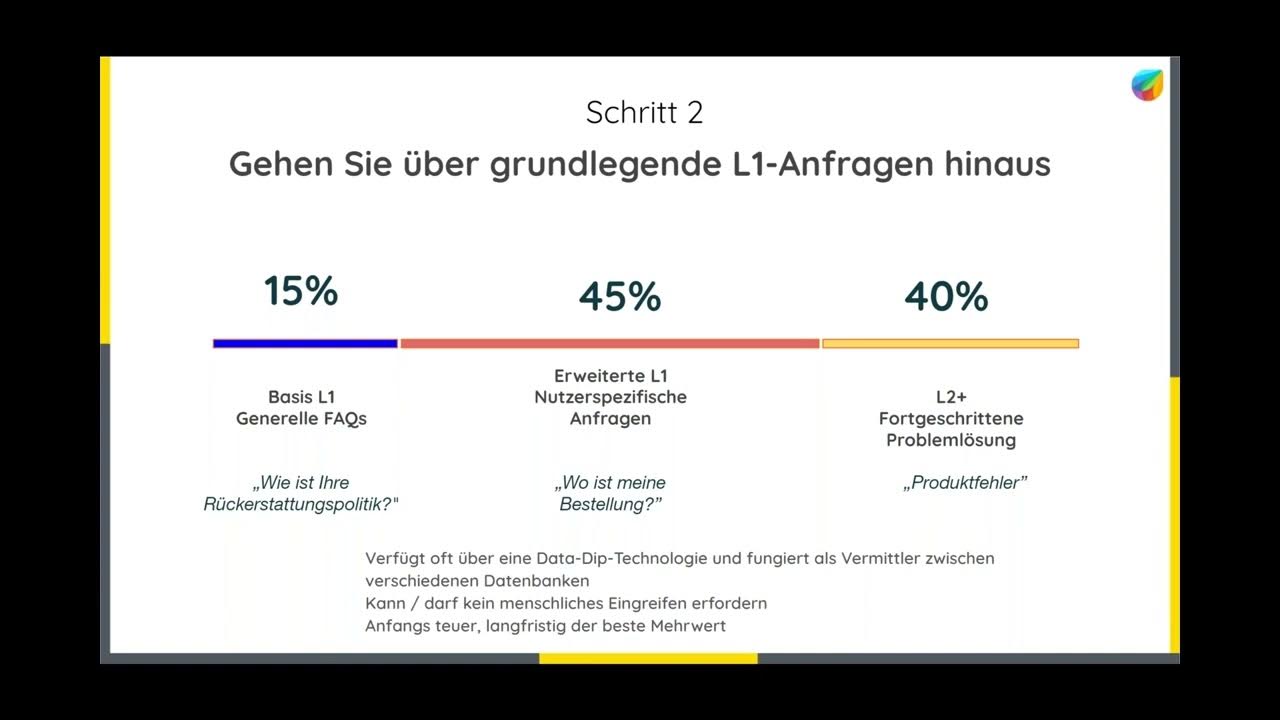Komunikasi Layanan & Komunikasi Digital | Tugas Komunikasi Bisnis Kelompok 3
Summary
TLDRThe video explores service communication and digital communication, emphasizing their roles in enhancing customer interaction. It defines service communication as a strategy to connect customers with providers through clear messaging and effective use of technology. Key components include understanding the target audience, setting objectives, and addressing challenges such as service intangibility. The discussion also highlights the impact of digital communication, detailing its speed, accessibility, and potential drawbacks like privacy concerns. Ultimately, it concludes that in the digital era, both forms of communication are essential for improving service quality and fostering customer loyalty.
Takeaways
- 😀 Communication services aim to connect customers with service providers through clear information and education.
- 📞 Service providers must communicate effectively about service processes, wait times, and complaint handling.
- 💬 Body language and tone of voice are crucial for building positive relationships in service communication.
- 🌐 Technology, such as social media and chatbots, enhances interactions, but personal touch remains essential.
- 🎯 Strategic goals of service communication include positioning and differentiating brands for consumer recognition.
- 🔍 Tactical goals involve managing search, building interest, and minimizing risks through clear information.
- 🤝 After service interactions, the focus should be on maintaining customer satisfaction and encouraging loyalty.
- ⚠️ Challenges in service communication include service invisibility, making it hard for customers to assess quality beforehand.
- 🚀 Digital communication enables quick and efficient information exchange, enhancing user experience.
- 🔗 Digital communication combines various elements like text, images, and video to convey messages effectively.
Q & A
What is the definition of service communication?
-Service communication refers to efforts made to connect customers with service providers through clear information, promotions, and education. It aims to ensure effective interaction between the two parties.
What are the main roles of service communication?
-The roles of service communication include providing clear information about service processes, wait times, and handling complaints. Non-verbal communication like body language and tone is also essential for building positive relationships.
How does technology influence service communication?
-Technology, such as social media and chatbots, simplifies interactions but still requires personal touch for effective communication. Technological advancements also help in streamlining services like booking and customer support through digital channels.
What are the strategic and tactical goals of service communication?
-Strategic goals include positioning and differentiating a brand for easy recognition by consumers. Tactical goals focus on managing customer search, building interest, reducing risks, and providing attractive promotions during the purchase process.
Why is it important to train employees in service communication?
-Employees must be trained to handle complaints and empowered to make decisions quickly. This leads to faster responses and increases customer satisfaction, contributing to a better overall service experience.
What are the key components of service communication?
-The key components include target audience (potential and existing customers, and employees), objectives (building brand image), message (addressing service challenges and highlighting real benefits), and media (delivered through various traditional and online channels).
What are the main challenges in service communication?
-Challenges include the intangibility of services, variations in service delivery, and the rapid changes in technology. Businesses can overcome these challenges by promoting tangible aspects, setting clear service standards, and utilizing visuals and modern technology.
What is the impact of digital communication on service interaction?
-Digital communication, such as through e-commerce and self-service technologies, has transformed how services are accessed. Customers can now perform tasks like online shopping, ticket booking, and bank transactions independently, avoiding long queues and phone calls.
What are the key characteristics of digital communication?
-Digital communication is characterized by speed, convenience, and ease of use. Information can be sent and received almost instantly, and communication can take place anytime and anywhere, as long as there is internet access.
What are the positive and negative effects of digital communication?
-Positive effects include saving time and money, increasing creativity, and expanding social connections. Negative effects include dependence on the internet, increased risk of fraud, and concerns about privacy and personal security.
Outlines

هذا القسم متوفر فقط للمشتركين. يرجى الترقية للوصول إلى هذه الميزة.
قم بالترقية الآنMindmap

هذا القسم متوفر فقط للمشتركين. يرجى الترقية للوصول إلى هذه الميزة.
قم بالترقية الآنKeywords

هذا القسم متوفر فقط للمشتركين. يرجى الترقية للوصول إلى هذه الميزة.
قم بالترقية الآنHighlights

هذا القسم متوفر فقط للمشتركين. يرجى الترقية للوصول إلى هذه الميزة.
قم بالترقية الآنTranscripts

هذا القسم متوفر فقط للمشتركين. يرجى الترقية للوصول إلى هذه الميزة.
قم بالترقية الآنتصفح المزيد من مقاطع الفيديو ذات الصلة

Komunikasi Layanan dan Komunikasi Digital

Teknologi Digital dalam Komunikasi Bisnis | Septi Kurnia Prastiwi, M.M

KI integrierter Omnichannel Kundenservice für das Digital First Zeitalter

5 Menit Belajar Customer Service: Simple, Cepat, Langsung Paham!

GAPS MODEL, Gaps of service quality, Gaps analysis, gap models, gap model of service quality, Gap

Omnichannel Customer Service - What it is, and how to deliver it
5.0 / 5 (0 votes)
